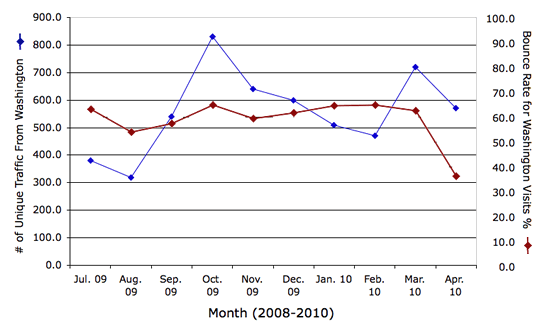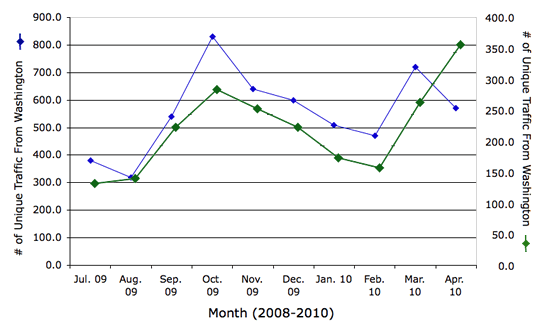Already an advertising staple in Japan, QR Codes are beginning to catch on here in the United States. Similar to a bar code, these matrix codes (meaning two-dimensional bar code) allow URLs to be accessed simply by scanning them - usually with a phone. For example, the QR Code below, if scanned, would direct you to the SlickRockWeb homepage.

Ok, so why does this weird square code matter?
While SEO implications and practices are not completely ironed out, theoretically the benefits are many. As QR Codes are backlinks, the benefits at the very least will be similar to the benefits associated with URL backlinks. It seems likely that Google will start recognizing and caching QR Codes and separate directories for these types of links will begin cropping up.
But beyond this, these codes will begin to provide a link between SEO and the older forms of marketing like newspaper ads, billboards, posters, etc. Suddenly, these seemingly antiquated forms of marketing can be used to drive traffic to your website. And better yet, that traffic will be trackable.
Whereas before a traditional print ad would have to read "check out our website at www.slickrockweb.net," the QR Code now provides not only a brevity of language (or images), but it also provides efficient user interaction. Instead of remembering the URL and typing it into a browser, the user simply points their phone at the image and is directed to the destination instantly. So, if you we were to buy a newspaper ad, include a QR Code for some URL like:
www.slickrockweb.net/qrcodeforournewspaperad
and have that same URL simply redirect to our homepage. Then, by using free programs like Google Analytics or the like, we could easily tell what kind of "click through rate" our newspaper add is accruing.
Thus, as the number of smart-phone users, and the number QR Codes continues to grow, so does their importance for SEO. Who knows, in the near future, an SEO Company might have to include QR Optimized Business Cards, Newspaper Ads and Billboards in their proposals.
We used the currently free QR code generator at the website called Kaywa. The process is quite easy, although the potential applications for these codes can be very creative and sophisticated.
The potential benefit of these QR codes is clear but what is also clear it that any successful company needs an SEO expert like SlickRockWeb as a partner and resource to navigate the rapidly changing landscape of online and digital marketing and the rapid adoption of new technologies.
For more information about our proven SEO strategies call us at 1-800-975-5695.
Kind regards,
SlickRockWeb Inc. a leading provider of affordable SEO services - "Bringing you business one click at a time."






